This study examines the dimensions and drivers of exclusion in basic education in Nigeria using the Demographic Health Surveys of 2008 and 2013. It also maps the synergies and trade-offs between education and other relevant Sustainable Development Goals (SDGs) and assesses global systemic issues that are relevant to achieving quality education goals in the Nigerian context. The measure of quality education is constructed following Pritchett and Sandefur’s approach (2017). The study finds that only 24% of Nigerians aged 15–24 with primary education have competent literacy skills. Further, the findings show disparities across gender, with 19% of females able to read a complete sentence compared to 32% for males; region, with the south (27%) performing better than the north (22%); and locality, as 31% of youth in urban areas meet the literacy benchmark compared to 21% in rural areas. Analysis of synergies and trade-offs reveals that achieving quality education reinforces efforts to end poverty (SDG 1), good health (SDG 3), gender equality (SDG 5), and access to decent work (SDG 8). Among the dominant global systemic issues influencing quality education outcomes in Nigeria, both technology and foreign aid have the potential to enhance the delivery of quality education. However, technology could also widen existing gaps in exclusion depending on the existence and effectiveness of pro-poor public policies.


